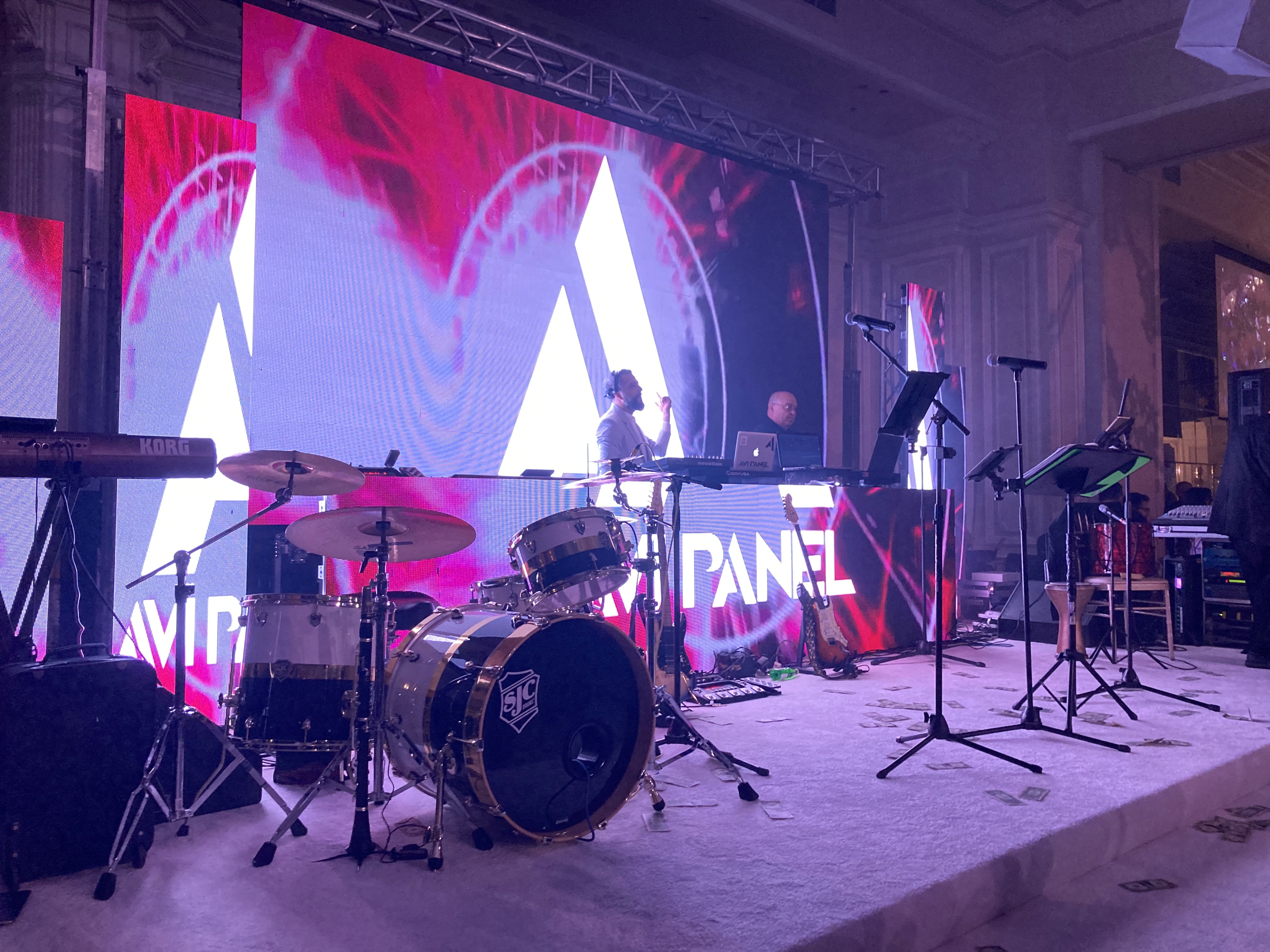Frequently Asked Questions
AI can significantly enhance real-time decision-making in live event automation by leveraging machine learning algorithms, predictive analytics, and natural language processing to optimize event management processes. Through real-time data analysis, AI systems can monitor audience engagement, adjust lighting and sound systems, and manage crowd control by analyzing sensor data and social media trends. AI-driven platforms can automate scheduling, resource allocation, and logistics management, ensuring seamless coordination among vendors, performers, and event staff. By utilizing computer vision, AI can enhance security measures through facial recognition and anomaly detection, while sentiment analysis can provide insights into audience reactions, enabling dynamic content adjustments. Furthermore, AI can facilitate personalized experiences by analyzing attendee preferences and behaviors, offering tailored recommendations and interactive elements. Overall, AI's integration into live event automation streamlines operations, enhances safety, and elevates the overall attendee experience.
Machine learning plays a pivotal role in optimizing show control systems for large-scale events by enhancing real-time data processing, predictive analytics, and automation capabilities. By leveraging algorithms and neural networks, machine learning can analyze vast amounts of sensor data, lighting cues, and audio-visual inputs to predict equipment failures, optimize energy consumption, and ensure seamless synchronization of multimedia elements. It enables adaptive control systems that can dynamically adjust to changing environmental conditions and audience interactions, thereby improving the overall efficiency and reliability of event operations. Furthermore, machine learning facilitates the integration of Internet of Things (IoT) devices and edge computing, allowing for decentralized decision-making and reduced latency in executing complex show sequences. This technological synergy not only enhances the precision and timing of live performances but also contributes to cost savings and resource optimization, ultimately elevating the audience experience.
AI is being utilized to enhance the precision of automated lighting and sound adjustments during live performances by leveraging machine learning algorithms and real-time data analytics. These systems employ computer vision and audio analysis to monitor performers' movements and vocal dynamics, allowing for adaptive lighting cues and sound modulation that synchronize seamlessly with the live action. By integrating neural networks, AI can predict and respond to changes in tempo, volume, and stage positioning, ensuring optimal acoustics and visual effects. Additionally, AI-driven software can process environmental variables, such as audience noise levels and ambient lighting, to dynamically adjust settings, thereby enhancing the overall sensory experience. This technology also facilitates the automation of complex lighting sequences and soundscapes, reducing the need for manual intervention and enabling more intricate and responsive stage designs.
AI-driven show control systems present several security concerns, including vulnerabilities to cyberattacks such as hacking, unauthorized access, and data breaches. These systems often rely on interconnected networks and IoT devices, which can be exploited if not properly secured. The integration of machine learning algorithms and real-time data processing increases the risk of adversarial attacks, where malicious actors manipulate input data to disrupt operations. Additionally, the reliance on cloud-based services for data storage and processing can expose sensitive information to potential leaks. The complexity of AI algorithms also poses challenges in auditing and ensuring compliance with cybersecurity standards, making it difficult to detect and mitigate threats effectively. Furthermore, the potential for AI systems to autonomously make decisions without human oversight raises concerns about unintended consequences and the amplification of errors, which could compromise the safety and integrity of live performances.
AI-driven analytics can significantly enhance audience engagement and feedback during live events by leveraging real-time data processing and sentiment analysis to tailor experiences to individual preferences. By utilizing machine learning algorithms, event organizers can analyze social media interactions, live polls, and audience behavior to gain insights into attendee interests and emotional responses. This allows for dynamic content adjustments, such as altering the pacing of presentations or modifying interactive elements to maintain high levels of engagement. Additionally, natural language processing can be employed to interpret feedback from various channels, enabling organizers to address concerns promptly and personalize communication. Predictive analytics can also forecast audience trends, helping to optimize future event planning and marketing strategies. By integrating AI-driven tools, event managers can create a more immersive and responsive environment, ultimately enhancing the overall attendee experience and fostering deeper connections with the audience.

